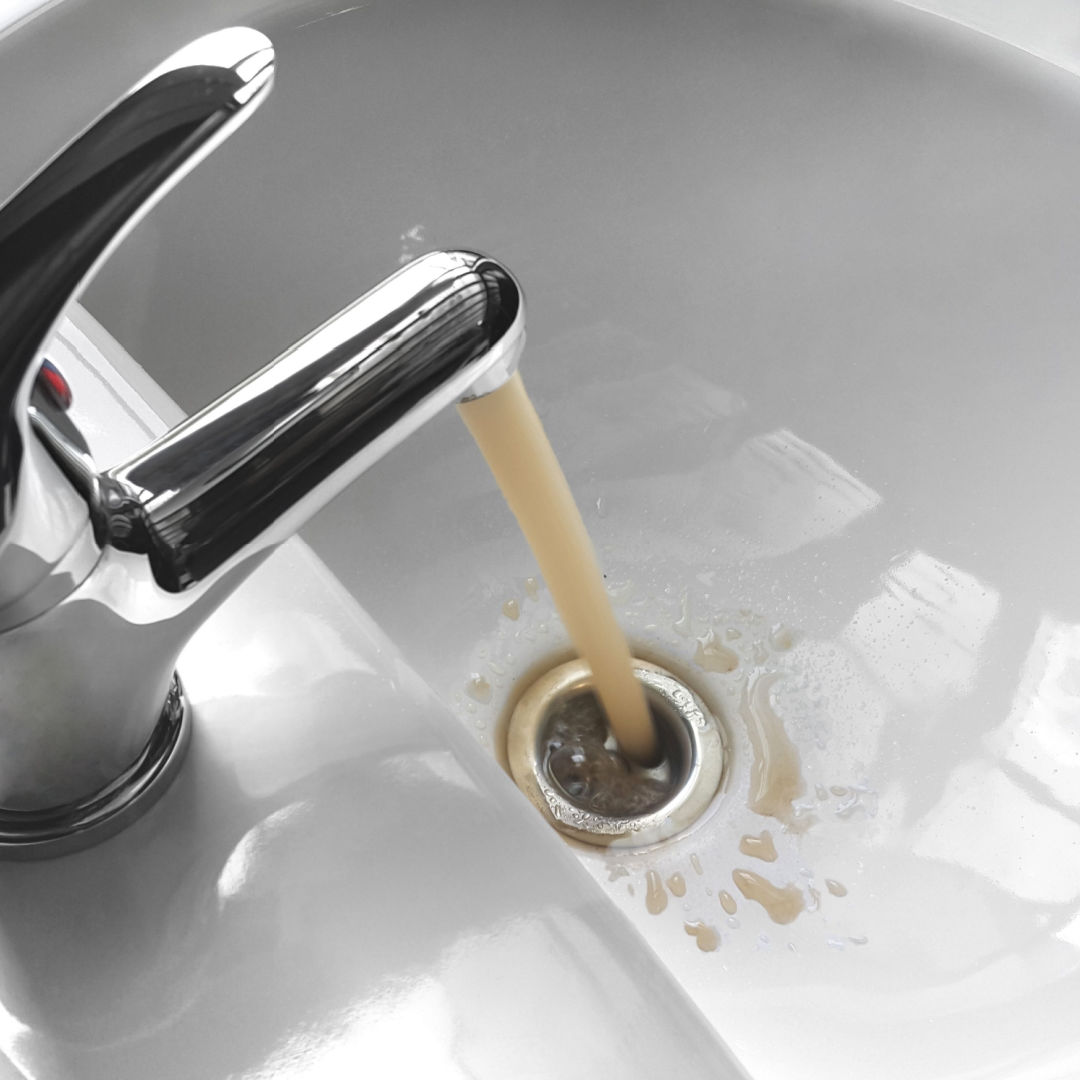What Really is Contaminated Water?
News stories about contaminated water are plentiful these days. Most recently, Ohio waters and Pennsylvania waters have made headlines. As a result, there is a growing public perception that tap water is unsafe to drink in the United States. A 2018 survey revealed that while 71% of U.S. inhabitants consume tap water for drinking purposes, 55% of the US population is concerned about consuming tap water contaminants and other harmful chemicals. If you can relate to the survey results, it may be wise to closely examine the problem of water contamination, as well as to consider the best solution available.
An Ancient Problem
Dirty water is certainly not a new problem. Records indicate that civilizations across the Globe have dealt with water contaminants of different kinds as early as the 15th century B.C. Ancient tombs and medical writings indicate that Egyptian, Greek, Roman, and Arabian peoples introduced a range of water purifying techniques, like gravel and sand filtration, to remove sediment, bitter taste, and foul odors as well as (unbeknownst to them,) disease-causing contaminants, like bacteria, and viruses.
A Modern Problem
While more robust water filtration and purifying systems became widely available across Europe and the United States by the 1800s, the Pew Trust reports that rapid population growth created an abundance of sewage and waste; it was so plentiful, it flowed into waterways and reservoirs containing public drinking water. Subsequently, water contaminants caused by bacteria in fecal waste led to epidemic-level waterborne diseases, ranging from typhoid fever and dysentery to cholera.
The Current Problem
Although sewerage has still been known to leach into drinking public waters following severe weather systems in recent years and as reported by the Florida Department of Health, research suggests that America is faced with a different, more pervasive, and potentially more serious form of water contamination: plastic pollution.
Plastic and EDCs
We are surrounded by plastic today, in part, due to the aforementioned perception that tap water is unsafe to drink. So what? According to the EPA, high levels of synthetic chemicals, also known as BPA’s (bisphenol-A), Phthalates, and per- and polyfluoroalkyl substances, or PFAS are now found in our waters and our bloodstream. They’re water contaminants known to interfere with or disrupt the delicate chemical balance regulated by the body’s endocrine system. In different words, these synthetic (man-made, plastic-born) chemicals, also known as Endocrine Disrupting Chemicals (EDCs), alter the stability of mood, growth/development, metabolism, and healthy reproduction, which are all important functions of the endocrine system. Even low-level exposure can have high impacts, according to a study by the NIH (National Institute of Health). Unfortunately, according to the same study, boiling water does nothing to reduce levels or impact.
The Best Solution?
A new take on old methods of water filtration has led to the invention of Reverse Osmosis (R.O.) technology. Reverse Osmosis technology is known, worldwide, to be the best way to purify drinking water; it removes plastic-related chemicals from water. Rather than using sand and gravel filters, as was the case in Ancient times, R.O. technology involves a multi-stage process, where water passes through different filters to remove unwanted contaminants. Some R.O. technologies are just part of a more extensive (6-step) water purification process, which is the case for Optimum Water Solutions. Fortunately, there is a real solution to the problem of water pollution, click here to learn more about the best solution: Clearly. Pure. Water.


